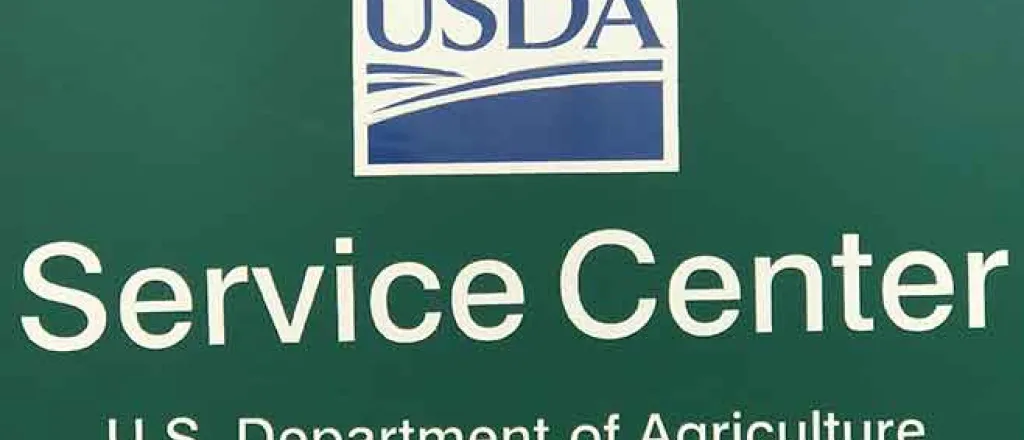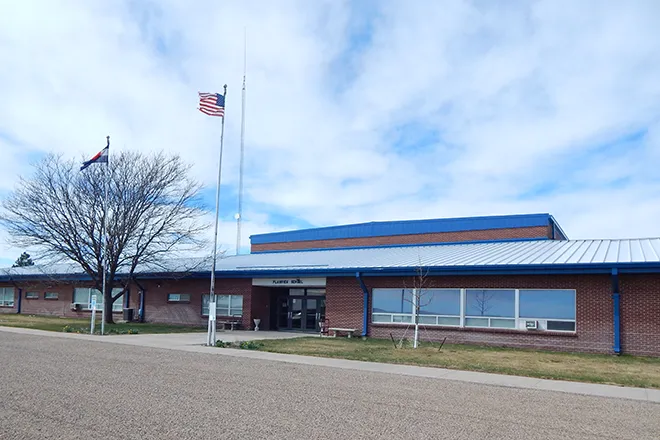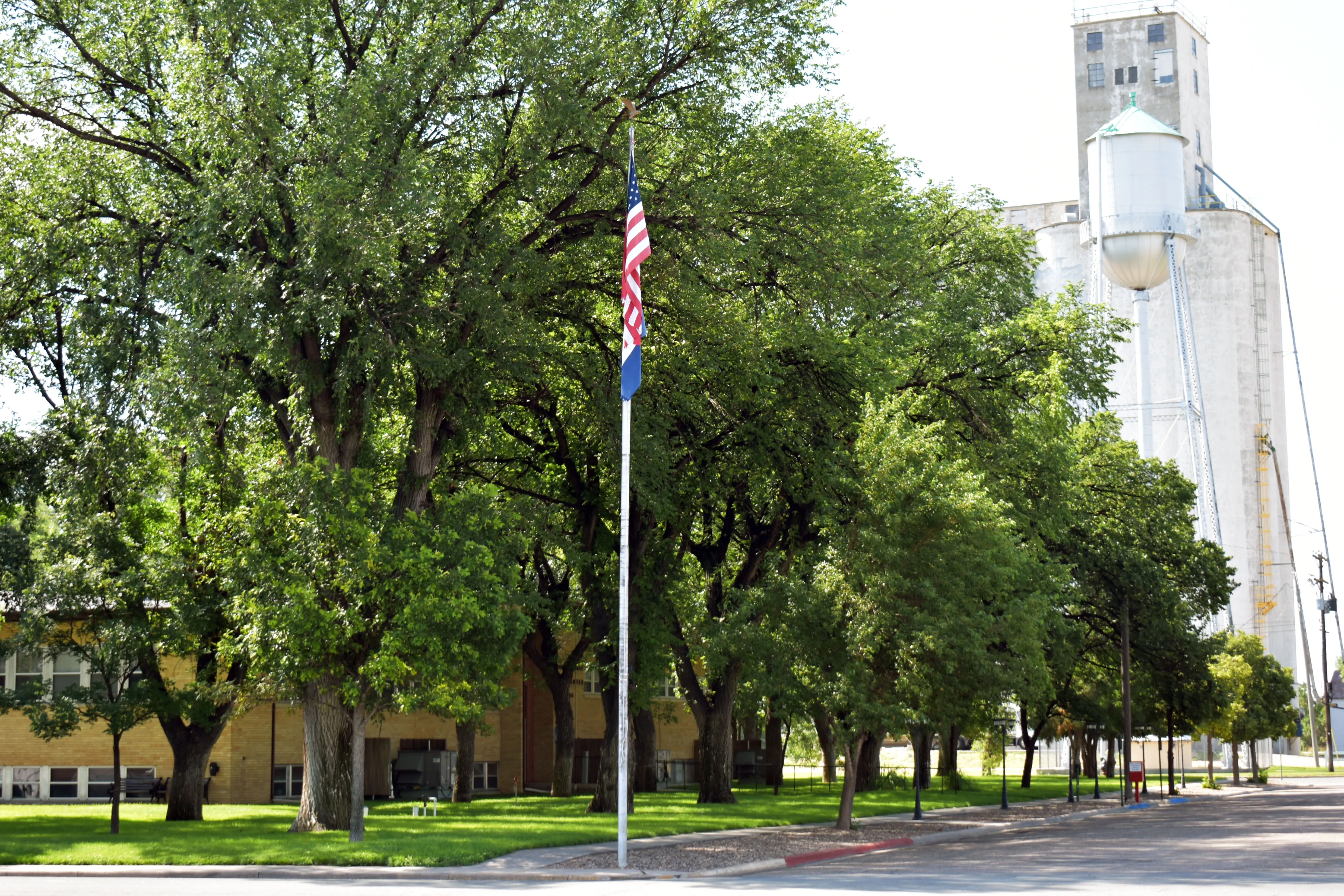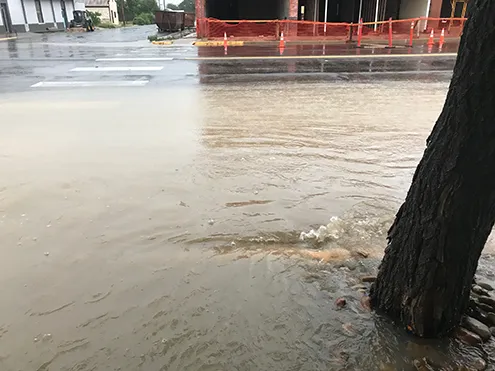
USDA Update – February 25, 2025
IMPORTANT DATES TO REMEMBER:
- March 3, 2025 - 2024 Livestock Forage Program – Kiowa, Prowers, Baca eligible for one month payment.
- ELAP and LIP – submitting a notice of loss deadline
- March 14, 2025 - Grazing for contract management - livestock must be removed before or on this date.
- March 15, 2025 - Beginning of CRP Primary Nesting Season
- March 17, 2025 - NAP Deadline – Sales closing date for spring planted crops that are non-insurable with crop insurance.
- April 15, 2025 - 2025 ARCPLC Election and Enrollment -
Disclaimer: Information in this UPDATE is pertinent to Kiowa County FSA only. Producers reading this and that do not have FSA interest in Kiowa County are advised to contact their local FSA Office.
CRP PRIMARY NESTING SEASON
In Colorado, the CRP primary nesting season for wildlife is March 15 to July 15 each year. Below is brief description per contract type.
CRP and Continuous Contract acres - no activity allowed, unless prior approval is received from FSA.
CRP Grassland Contract acres - grazing is authorized, due to the fact this is a working lands program. Producers need to be maintaining vegetive cover of 3 to 5 inches and maintain the grass species that were present when the offer was accepted. HAYING is NOT authorized during primary nesting season.
Livestock that are presently grazing need to be removed no later than March 14.
2025 ARCPLC CONTRACTS
The staff have the 2025 ARCPLC contracts printed and in the folders. The election that was on the farm for 2024 was rolled to 2025. Prior to coming into the office to sign the contracts, please call ahead of your visit so that all your folders will be ready when you arrive to sign, and the staff will review the current election. The office can also send the contracts for digital signature if that is more convenient.
April 15, 2025, is the deadline for all signatures to be returned to the office. Producers with SCO coverage with crop insurance, the deadline of March 15, 2025, still applies. Contact your crop insurance agent to review your coverage.
If you are wanting more information on reference prices, benchmark yields or just general information please visit https://www.fsa.usda.gov/resources/programs/arc-plc
for more information.
NONINSURED ASSISTANCE PROGRAM DEADLINE – Monday, March 17th
Monday, March 17 is the final day for producers to purchase a 2025 NAP policy for spring planted crops. In Kiowa County this can historically be crops of sorghum forage and common millet.
Interested producers apply for NAP coverage using FSA form CCC-471, “Application for Coverage,” and pay the applicable service fee at the FSA office where their farm records are maintained. These must be filed by the application closing date, which varies by crop. Contact your local FSA office to verify application closing dates and ensure coverage for eligible NAP crops.
At the time of application, each producer acknowledges they have received the NAP Basic Provisions, which describes NAP requirements for coverage. NAP participants must report crop acreage shortly after planting and provide verifiable or reliable crop production records when required by FSA.
Producers are required to pay service fees which vary depending on the number of crops and number of counties your operation is located in. The NAP service fee is the lesser of $325 per crop or $825 per producer per administrative county, not to exceed a total of $1,950 for a producer with farming interests in multiple counties. Premiums also apply when producers elect higher levels of coverage with a maximum premium of $15,750 per person or legal entity.
A producer’s certification on Form CCC-860 Socially Disadvantaged, Limited Resource, Beginning and Veteran Farmer or Rancher Certification may serve as an application for basic NAP coverage for all eligible crops beginning with crop year 2022. These producers will have all NAP-related service fees for basic coverage waived, in addition to a 50 percent premium reduction if higher levels of coverage are elected.
Producers who elect a higher level of coverage, normally above the 50 percent coverage level are required to meet the growing history requirements. Producers must be able to submit information proving that they have successfully grown the crop in question successfully.
















